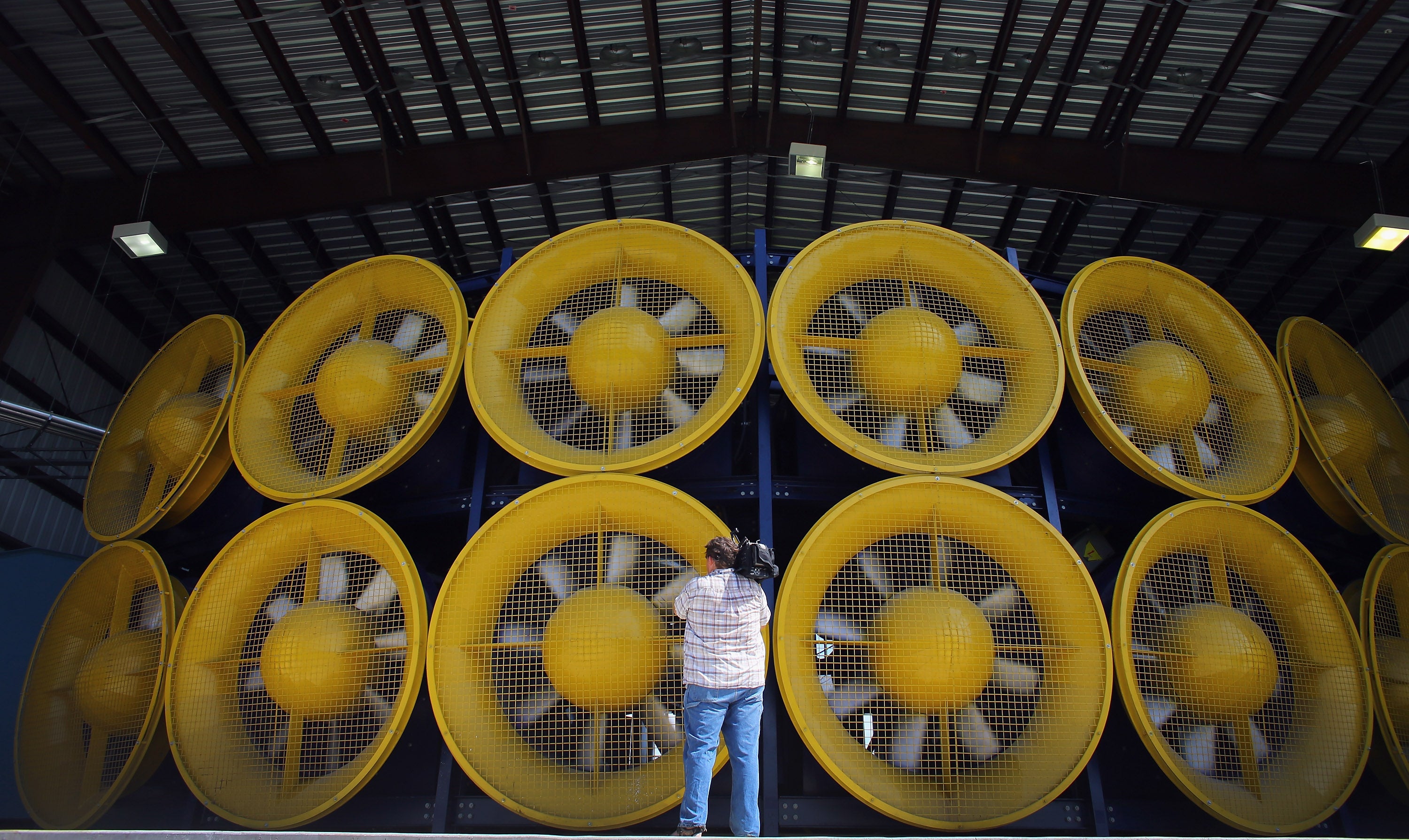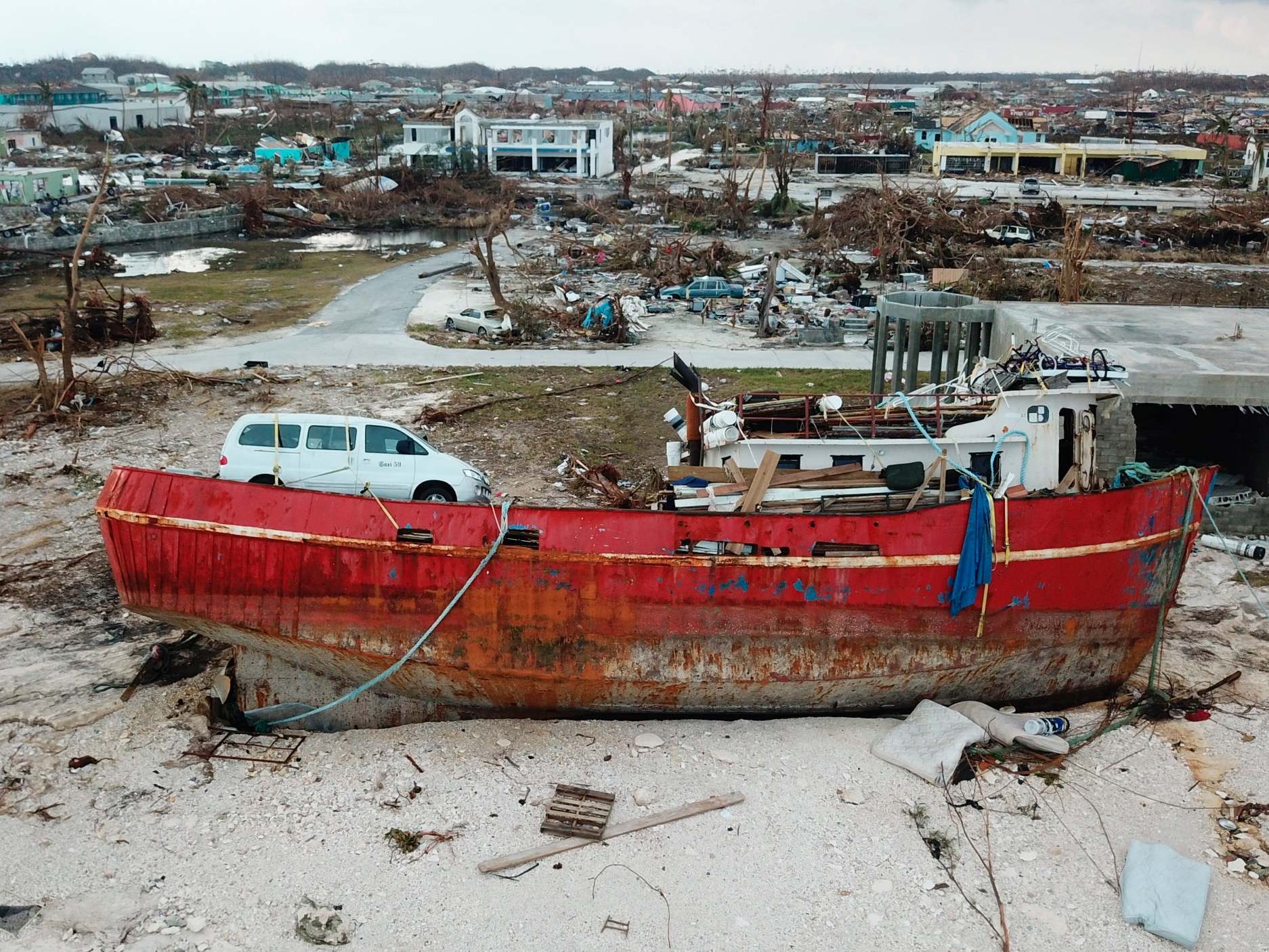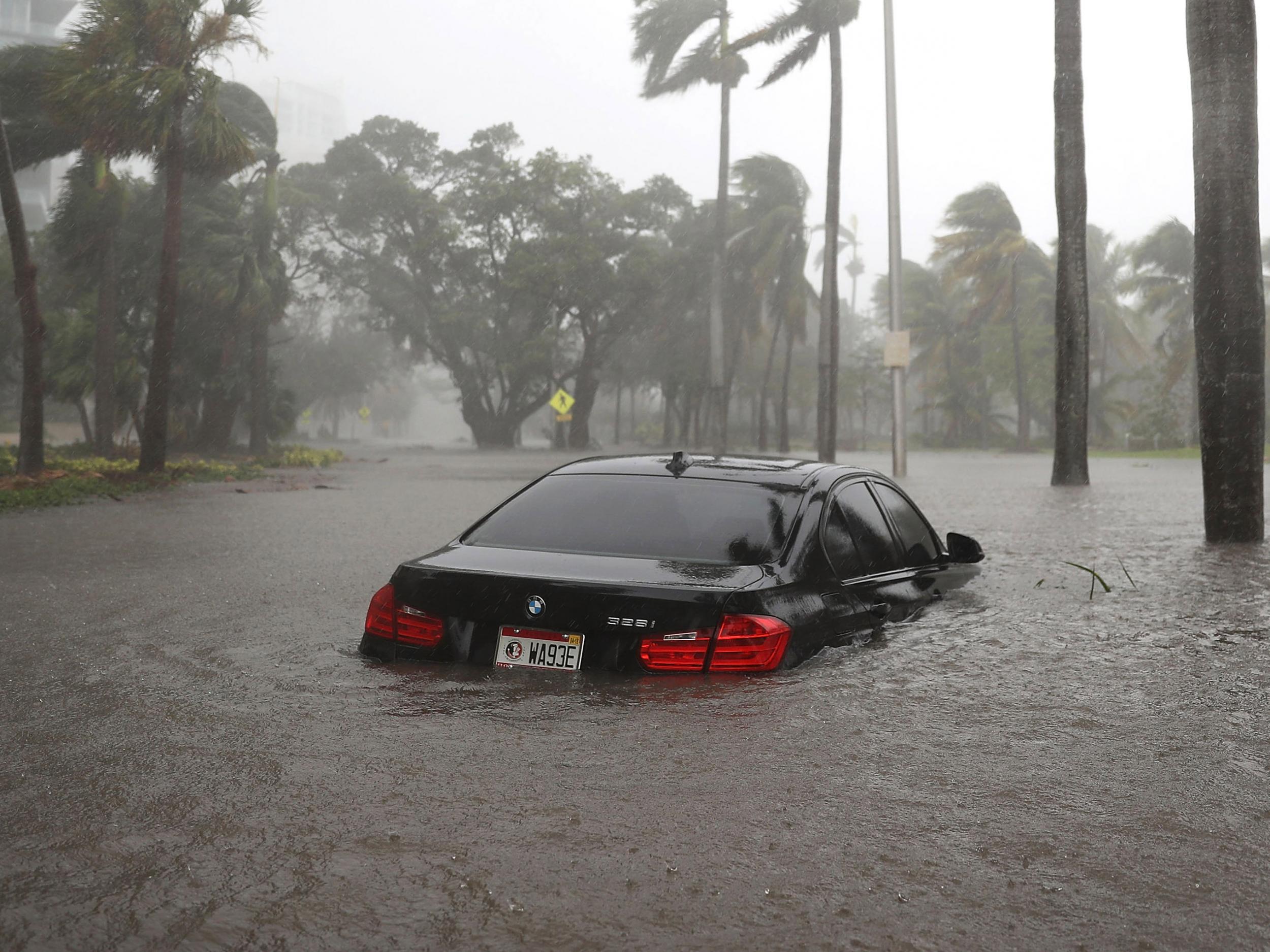Florida researchers are building a machine to test the future of mega hurricanes
The climate crisis is making hurricanes stronger, so a new project aims to create the country’s most powerful hurricane simulator, Josh Marcus writes


We should have learned our lesson from 2019’s Hurricane Dorian.
The category 5 storm, one of the most powerful Atlantic hurricanes on record, was the strongest to ever hit the Bahamas, with 185mph winds contributing to at least $3.4bn (£2.6bn) in damage.
Dorian came within a day or two of Miami, a city built largely at sea level, before turning away from Florida at the last minute.
“The fact, when it turned north and missed us, everyone gave a kind of sigh of relief, but I still look at the storm as the one we should’ve learned from,” Richard Olson, director of extreme events research at Florida International University (FIU), told The Independent. “Smart people learn from their own mistakes. Really smart people learn from mistakes that could’ve happened, events that could’ve happened. I look at Dorian, as tragic as it was for the Bahamas, I think we missed a learning experience.”
1992’s Hurricane Andrew, which devastated Florida, inspired a revolution in inspections, building codes, and storm-proofing construction techniques.

“There’s an old phrase: you hide from wind, but you run from water,” Professor Olson added. “Water kills more people than wind in a hurricane.”
There was no such leap forward in US disaster planning after the near-catastrophe of Dorian.
That’s a problem in the era of climate crisis. Warmer oceans make hurricanes spin faster and deliver stronger rain storms. Rising seas mean bigger storm surges. And these problems are particularly acute in Florida, with its miles of coastline and low-lying metropolises.

Dorian was so powerful some scientists suggested a category 6 should be added to the scale. This new reality calls for a new kind of science to understand it.
That’s why researchers at FIU are building a first-of-its-kind, $12.8m hurricane simulator to study the disastrous effects of hurricanes on US infrastructure. It will be able to produce some of the most powerful simulated waves and winds in the US, and will fit full-scale houses and pieces of infrastructure in its hangar-sized test chamber.
It’s only a simulator, of course, but the destruction that will take place inside represents a version of our future that will play out unless we strengthen our infrastructure with climate change in mind.
The simulator, whose design is funded by a grant from the National Science Foundation (NSF), could be able to produce winds of up to 200mph, as well as featuring a full water basin that can recreate storm surge and wave action.
A rendering of the project, which will be in the design stage for the next few years, shows a massive, airplane hangar-style building with a wall of fans on one side. These massive fans will blow over a simulated ocean filled with wave-creating actuators, directing its force towards a “turntable” where a mock-up house or other pieces of construction can be studied as they get hit by a faux-hurricane.
“We are trying to do simultaneous simulations of wind, storm surge, waves, flooding, currents,” said Arindham Gan Chowdhury of the university’s Extreme Events Institute, which is helping lead the coalition of universities designing the facility. “We are bringing wind and water together, which is a big big problem for coastal infrastructure.”
Other facilities, such as FIU’s massive Wall of Wind simulator, or Oregon State University’s Large Wave Flume, can simulate the effects of one or other of the elements, but climate change respects no such barriers between natural forces.
“We have facilities that can look at the impact of wind loads on structures. We have facilities that can look at the impact of storm surge and waves on structures,” Joy Pauschke, an NSF programme director, told The Washington Post of the project. “But we don’t have a facility that can look at the coupled interaction of having both the wind loads and the wave loads on structures.”
“This is pretty novel,” Professor Chowdhury added. “This facility will be unique in the world.”
In addition to studying the effects of super-powerful storms, the hurricane simulator also hopes to help train a new generation of scientists and engineers to think about such climate-inflected weather, and further refine the computer modelling used to analyse and predict storm damage.
The project is one of a number of similar efforts NSF is seeding around the country to form a planned national full-scale testing infrastructure for community hardening in extreme wind, surge, and wave events (Niche).
The best time to harden our communities would’ve been decades ago, or after recent extreme weather events like Hurricane Dorian, according to scientists, so there’s no time like the present to study what our climate all but certainly has in store for us.
Join our commenting forum
Join thought-provoking conversations, follow other Independent readers and see their replies
Comments
Bookmark popover
Removed from bookmarks